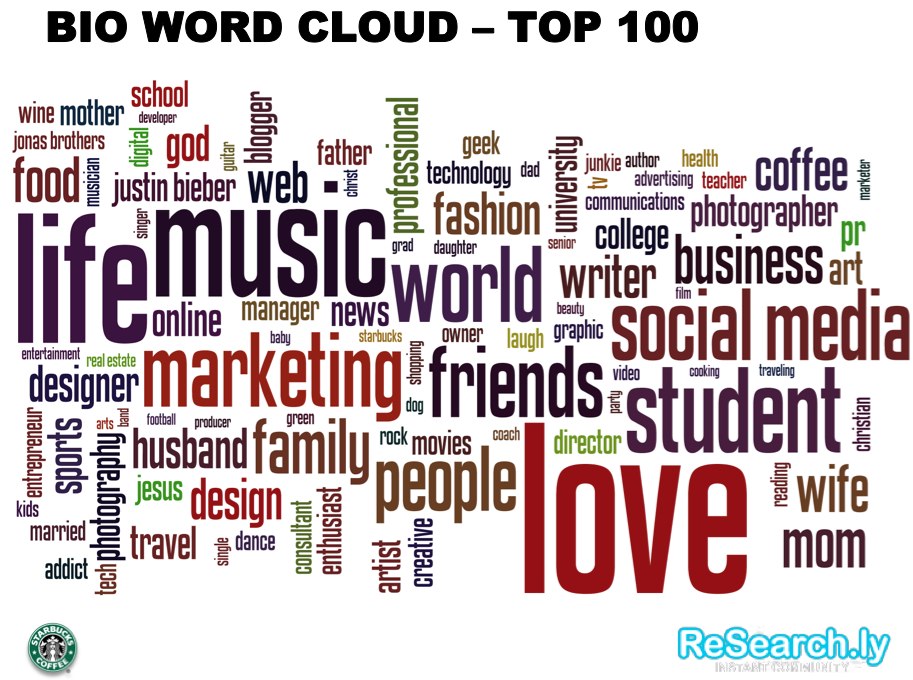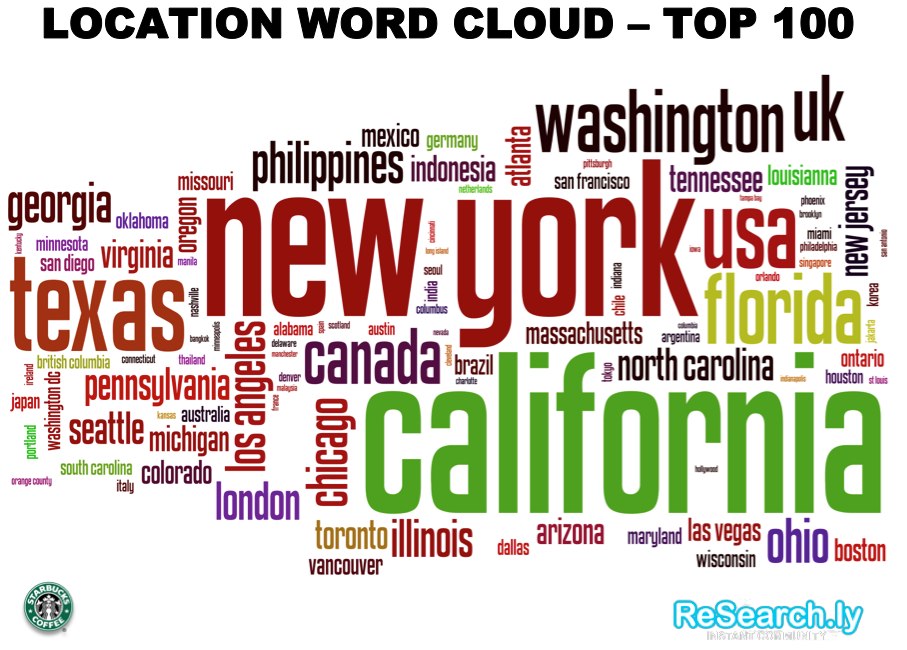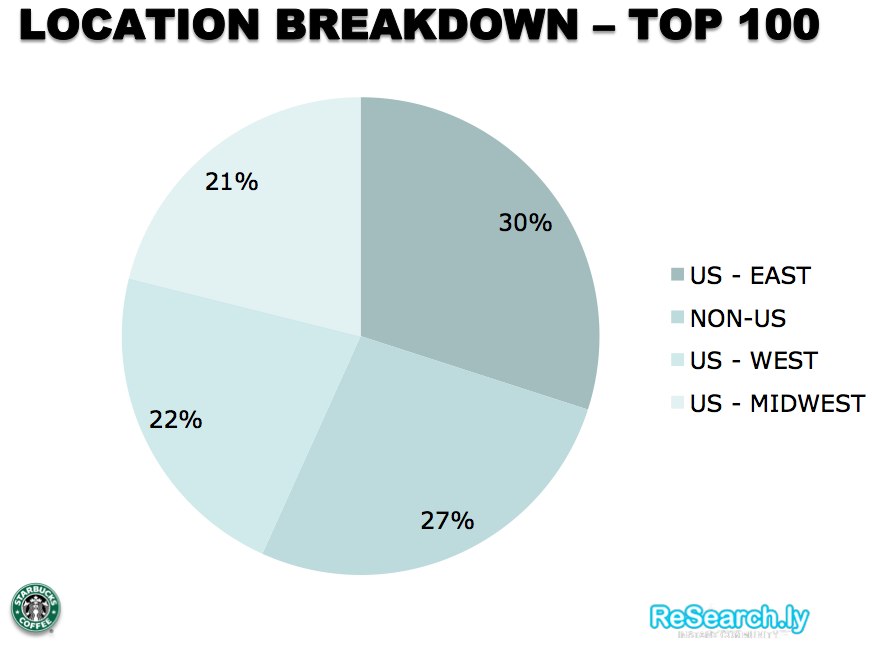Social media is maturing as are the people embracing its most engaging tools and networks. Perhaps most notably, is the maturation of relationships and how we are expanding our horizons when it comes to connecting to one another. What started as the social graph, the network of people we knew and connected to in social networks, is now spawning new branches that resemble how we interact in real life.
This is the era of the interest graph – the expansion and contraction of social networks around common interests and events. Interest graphs represent a potential goldmine for brands seeking insight and inspiration to design more meaningful products and services as well as new marketing campaigns that better target potential stakeholders.
While many companies are learning to listen to the conversations related to their brands and competitors, many are simply documenting activity and mentions as a reporting function and in some cases, as part of conversational workflow. However, there’s more to Twitter intelligence than tracking conversations.
We’re now looking beyond the social graph as we move into focused networks that share more than just a relationship.
Bringing the Interest Graph to Life
To demonstrate the value of interest graphs, I worked with the team at ReSearch.ly, a unique Twitter search platform that has indexed the last three years of Tweets to instantly provide a real-time and historical analysis of activity around keywords and also the people that Tweet them.
ReSearch.ly visualizes the interest graph, and also provides the ability to search within the search to sort activity by demographics and psychographics, sentiment, bio data, profession, and the list goes on. Essentially, it’s a product that anyone can use to learn about what’s really taking place on Twitter to better understand behavior and earn greater relevance by making more informed decisions.
As an example of audience profiling or competitive intelligence, we used ReSearch.ly to review the followers of @Starbucks, one of the most celebrated brands actively using Twitter today. We started by extracting 1 million follower profiles, sorted by follower count. The results were then further filtered to include only those who published a complete profile. ReSearch.ly provides the option to then organize the resulting information any number of ways, which in this case, we sorted the accounts by bio, location, and gender.
The Interest Graph
While we are what we say in our Tweets, our bios also reveal a telling side of who we really are. In this study we reviewed the complete bios of 50,000 of the top @Starbucks followers to learn a bit more about how they present their life story as well as their interests, opinions, and preferences.

Using the ReSearch.ly Twitter index, we created a word cloud to amplify the most common words used in each of the bios of these connected social consumers. Followers tended to use expressive words that suggest sentiment runs rich in the Starbucks interest graph. Top words include:
1. Love
2. Life
3. Friends
4. Music
5. World

We can also learn a bit more about Starbucks influencers by analyzing what interests them. Looking a bit deeper into the cloud, we can see that not only do emotions rise to the top; other revealing themes also surface:
1. Family
2. People
3. Mom
4. Wife
5. Husband
This is just the beginning. The words associated with the brands demonstrate the emotional and personal connections Starbucks holds with these tastemakers. Campaigns are a direct beneficiary of such data. As we submerge ourselves one level deeper into the study, we find that this information becomes paramount when we link it to individuals through demographics and psychographics. An import footnote is that the word coffee is among the least used words in the bio, but used nonetheless.
Studying Bio’graphy
With a 50,000-person sample in a traditional research survey, it may be difficult to organize individual responses. Here, we further reviewed each of the bios to find the commonalities in how each person presents who they are in a few precious characters.
Of those, we found that…
– 42 percent expressed strong ties to family, religion, and love
– 29 percent boast special interests, which is further discernible
– 22 percent are professionals who state their current place of employment and position
– 7 percent are students
Additionally, we can extract the attributes of @Starbucks followers further to better symbolize their digital persona. Further review highlights that followers…
– Identify themselves as enthusiasts, geeks, addicts, junkies, creatives
– Define the most popular areas of interest as Music, Food, Coffee, and Fashion
– Potentially favor dogs to cats (2 – 1 as per their mentions)
– Work in either Social Media and Marketing (Note: If we were to change the scale of followers, we would open up the sample to a much broader set of professions)
– Also are still studying. Despite the lower percentage, students account for more than any single professional field
Geo Location: Where in the World is @Waldo?
Brands are more than aware that no one marketing strategy reaches and moves everyone in the same way. Beyond demographic marketing, brands must also focus on driving traffic regionally. Having access to location data isn’t new, but using Twitter as a collective stream of intelligence to identify higher and underperforming locales and associative word clouds allow teams to surface the 3 W’s of real-time geo loco marketing:
Where is negative/positive activity taking place?
Why is it leaning in that direction? And,
What can we do about it?
To give us an idea of where the top @Starbucks followers are Tweeting, we zoomed in to their point of reference. We found that top users tend to Tweet from…
1. California
2. New York
3. Texas
4. Florida
5. Washington

Combining London and UK, we find that The United Kingdom would actually join the ranks of the most often cited cities.
Grouping locations provides a holistic view that provides regional marketing metrics and also areas in need of attention.

Here we can see that the top Tweeps are located in…
– US East, 30 percent
– Non US, 27 percent
– US West, 22 percent
– US Midwest, 21 percent
Tweeting from the Gender Lines
Over the years, I’ve studied the gender makeup of social networks and have consistently found that women outnumber men in some of the most popular networks including Twitter and Facebook. On Twitter, women represent the majority share with 57 percent.
Working with the team here at PeopleBrowsr and ReSearch.ly in conjunction with Klout earlier in 2010, we uncovered en masse, women are more influential than men on Twitter. In fact, the average Klout score within the general Twitter population 34 to 31 in favor of women.
Reviewing Starbucks top followers in ReSearch.ly, it comes as no surprise to see that the women are the predominant source of Tweets, 63 percent women vs. 37 percent men.
The Tweets Have It!: Introducing the Starbucks Brand Graph
The interest graph is defined by connections, but it is brought to life through self-expression. When we combine brand-centric relationships and conversations, the interest graph eventually evolves into what is essentially a brand graph. Within each brand-related graph is a group of highly connected individuals that serve as a company’s network of influence. The ReSearch.ly team extracted 50,000 of the most recent Tweets that included a mention of Starbucks. We then analyzed the connections between people and identified the top 100 individuals and the number of their followers who also mention Starbucks within the 50,000 mentions. We can then bring to light Starbucks influencers as a representation of its brand graph and influential hubs. As we can see, the difference between monitoring and gathering intelligence allows Starbucks to now identify relevant networks and introduce personalized campaigns to further spur advocacy and loyalty.
Here are the top 100 most connected people within the group mentioning Starbucks and the number of their followers also discussing Starbucks:

Accordingly, we can visualize the interest graph as connections, showing how influencers are not only interconnected, but also capable of disseminating relevant information and influencing behavior to varying degrees beyond the traditional reach of Starbucks. Social consumers and their place within the social consumer hierarchy determine reach and ultimately outcomes. Everything begins however, with recognizing who they are and what inspires or motivates them.

Conclusion
The era of analysis paralysis is officially over. Instead of just listening, companies can now study people and their interests based on what they say and do and also how they color their profiles. This goldmine of insight gives brands the potential to improve marketing, promotional and advertising campaigns to start. What we’re talking about here is the ability to personalize experiences that go beyond demographics and start to employ psychographics and behaviorgraphics – the ability to connect with groups of people by interest and how they interact.
As this practice develops, brands can also gather the intelligence necessary, and widely available, to improve products, services, and spark new waves of tweets gushing with positive sentiment. Doing so over time helps to build the social, and more relevant, business of the future while improving relationships to convert followers into stakeholders.




 WebProNews is an iEntry Publication
WebProNews is an iEntry Publication